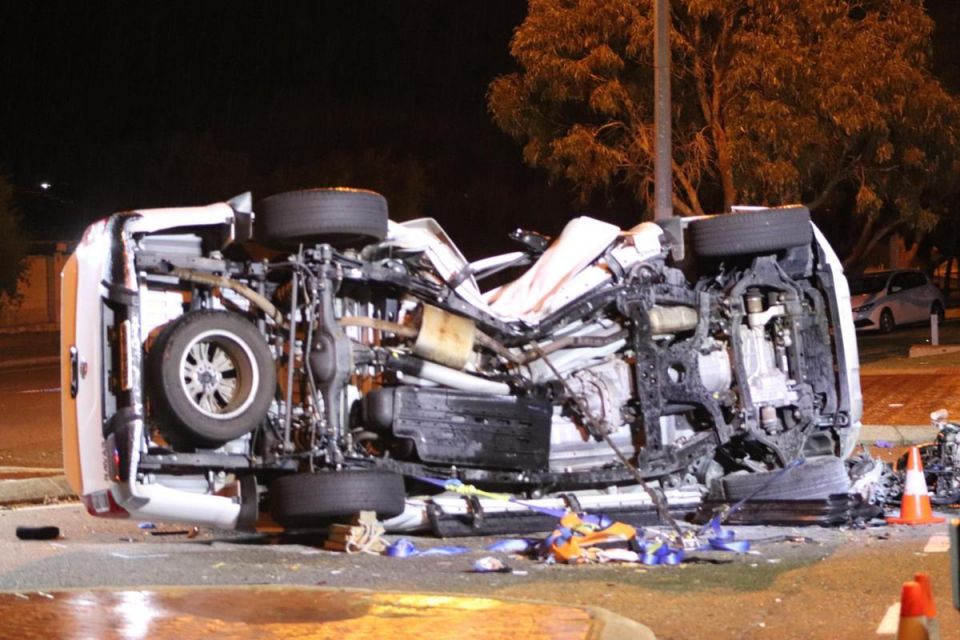

James Wong
3 Days Ago
Amid a rising road toll across Australia, the nation's states and territories will finally share critical data with the Federal Government.

Contributor


Contributor
Australia’s states and territories have all finally agreed to share road trauma data with the Federal Government, in a bid to end the nation’s rising road toll.
Today, the Australian Government announced it had reached a funding agreement with every state and territory to share critical data, which the Commonwealth will use towards influencing transport policies and funding through the Road Safety Program.
The Road Safety Data Hub website has already gone live, and is available not only to those at government level but also to the wider public, providing transparency around the trauma on Australian roads.
“After detailed negotiations, a range of road data, including information about fatalities, hospitalisations, police enforcement and analysis of crash risk will be available,” said Catherine King, Minister for Infrastructure, Transport, Regional Development and Local Government.
100s of new car deals are available through CarExpert right now. Get the experts on your side and score a great deal. Browse now.

“A clear picture, underpinned by data, about where best to target road safety funding will save lives and ensure we are investing in the projects that will make the biggest difference.
“Through the Hub, this data will be provided in a searchable catalogue on data.gov.au.
“The Hub website also integrates links to a number of other road safety government websites and includes a submission form for public feedback.”
The Road Safety Data Hub was announced in May prior to the 2024-25 Federal Budget, coming as a part of the National Partnership Agreement on Land Transport Infrastructure Projects, and is the recipient of a $21.2 million investment.

Though a five-year road funding deal for Australia’s states and territories took effect on July 1, 2024, Queensland had thus far been the only jurisdiction to announce its intention to share data on car crashes, traffic policing and road conditions with the Federal Government.
Former Queensland Transport Minister Bart Mellish announced the Sunshine State’s plans to share this data back in April.
Today’s announcement was welcomed by the Australian Automobile Association (AAA), the peak body for the nation’s motoring clubs, which has long been an advocate for road safety reform.
“Publishing this data will save lives, because it will help explain the crashes occurring today, and tell us how to prevent similar crashes in the future,” said AAA managing director Michael Bradley.
“Australians will finally be able to see which road safety approaches are working, and those that are not.

“Importantly, publishing this safety data will also clip the wings of politicians who want to use road funding at election time to win votes in marginal electorates, rather than to save lives.
“Australian motorists strongly support data transparency because they want to be assured that their taxes are being spent on projects that help them and their communities, rather than the politicians that announce them.
“This is a commonsense reform that will make a real difference.”
Tragically, Australia is in the midst of one of the deadliest periods on local roads in recent decades.

Between October 2023 and September 2024, 1288 road users have died in Australia, a 5.6 per cent increase on the same 12 months a year prior.
1310 people died on Australian roads in the 12-month period ending June 30, 2024, making it the deadliest year-long period since the end of November 2012, when an identical number of fatalities were recorded.
From January to September 2024, a total of 956 road deaths have been recorded. That’s the highest figure recorded for this period of the year since 2010.
Australia’s road toll in 2023 was 1258 deaths, with this year on track to surpass it.
MORE: Australian road death toll surges to highest point in over a decade MORE: The latest data shows speed cameras don’t save lives
Born and raised in Canberra, Jordan has worked as a full-time automotive journalist since 2021, being one of the most-published automotive news writers in Australia before joining CarExpert in 2024.


James Wong
3 Days Ago


Max Davies
3 Days Ago


Matt Campbell
2 Days Ago


Damion Smy
2 Days Ago


William Stopford
2 Days Ago


Elle Baillieu
1 Day Ago